In today’s increasingly competitive market, even the smallest changes in product performance—such as Bristle Splaying Rapidly in devices like electric toothbrushes and advanced cleaning tools—can significantly disrupt user experience. Research indicates that bristle instability directly correlates with Uneven Cleaning Patterns, where accelerated splaying reduces surface contact precision, compromising cleaning effectiveness. This phenomenon, observed in clinical trials, demonstrates how structural fatigue in bristle clusters creates fragmented pressure distribution, prioritizing certain zones while neglecting others. Manufacturers now prioritize addressing these dual challenges: mitigating rapid bristle degradation through material innovation and recalibrating brush-head dynamics to counteract pattern irregularity. By integrating biomechanical insights and stress-distribution modeling, next-gen designs aim to harmonize durability with consistent cleaning performance.
As consumers increasingly demand superior cleaning performance and long-lasting product durability, every design detail becomes critical. Customers expect a device to deliver uniform cleaning across all areas. However, when issues like bristle splaying occur, the result is an uneven distribution of cleaning power, resulting in noticeable areas that are either over-cleaned or under-cleaned. This raises concerns over the product’s quality and can negatively impact brand reputation. Understanding these market dynamics is the first step toward finding a lasting solution.
Bristle splaying rapidly refers to the phenomenon where the bristles quickly lose their orderly arrangement during use. This may manifest as bending, separation, or even partial detachment of the bristles. Such instability often results from material fatigue, design flaws, or inconsistencies in the manufacturing process. A deep understanding of how and why bristle splaying occurs is essential to developing effective preventive measures.
Uneven cleaning patterns describe a situation where the device fails to distribute pressure uniformly during operation. When bristles spread out unevenly, the cleaning performance becomes inconsistent—certain areas receive insufficient attention while others are subjected to excessive pressure. This not only diminishes the overall efficiency of the cleaning process but may also compromise the device’s value proposition in the eyes of consumers.
To effectively address bristle splaying rapidly, it is important to analyze its root causes from multiple perspectives:
By addressing these factors through careful material testing and process control, the incidence of rapid bristle splaying can be significantly reduced.
When a device exhibits uneven cleaning patterns, the following adverse effects may occur:
Ensuring even cleaning performance is therefore critical not only for immediate user satisfaction but also for long-term reliability and brand integrity.
To tackle the challenge of bristle splaying rapidly and its subsequent impact on uneven cleaning patterns, manufacturers can adopt several strategies:
By implementing these measures, companies can significantly enhance device performance, ensuring a uniform and effective cleaning process while bolstering consumer confidence and brand reputation.
Conclusion
The rapid splaying of bristles—Bristle Splaying Rapidly—can undoubtedly lead to Uneven Cleaning Patterns, impacting the efficiency and reliability of cleaning devices. Addressing this issue by optimizing material selection, enhancing design, and ensuring strict manufacturing controls is critical to maintaining consistent product performance. Continuous innovation and proactive quality management will not only resolve these challenges but also strengthen your brand’s competitive position in a demanding market.
Interested in learning more about optimizing bristle design and ensuring uniform cleaning performance? Contact us to explore advanced solutions tailored to your needs.https://www.powsmart.com/product/electric-toothbrush/
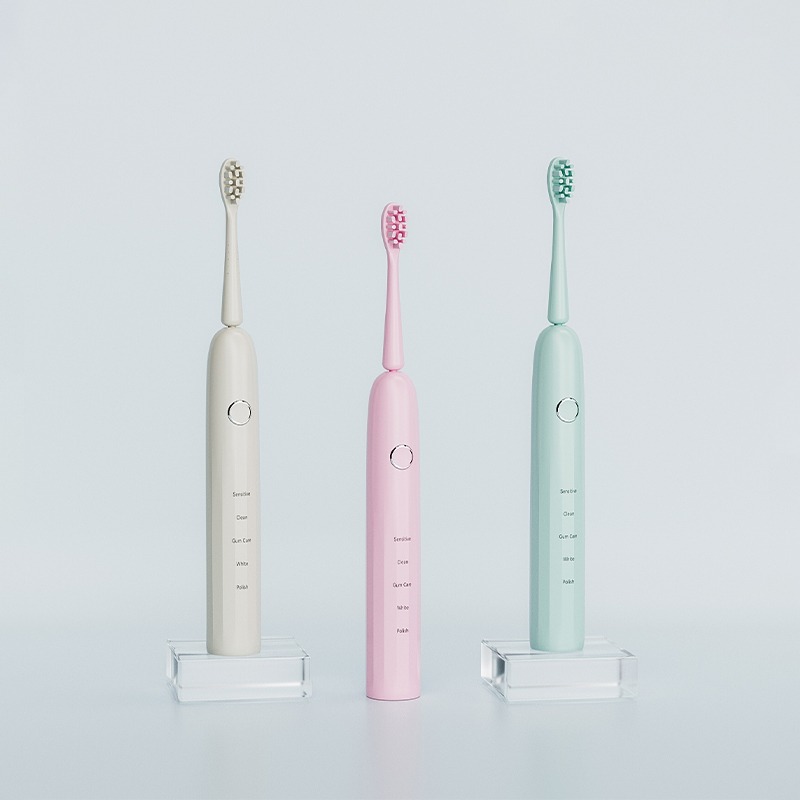
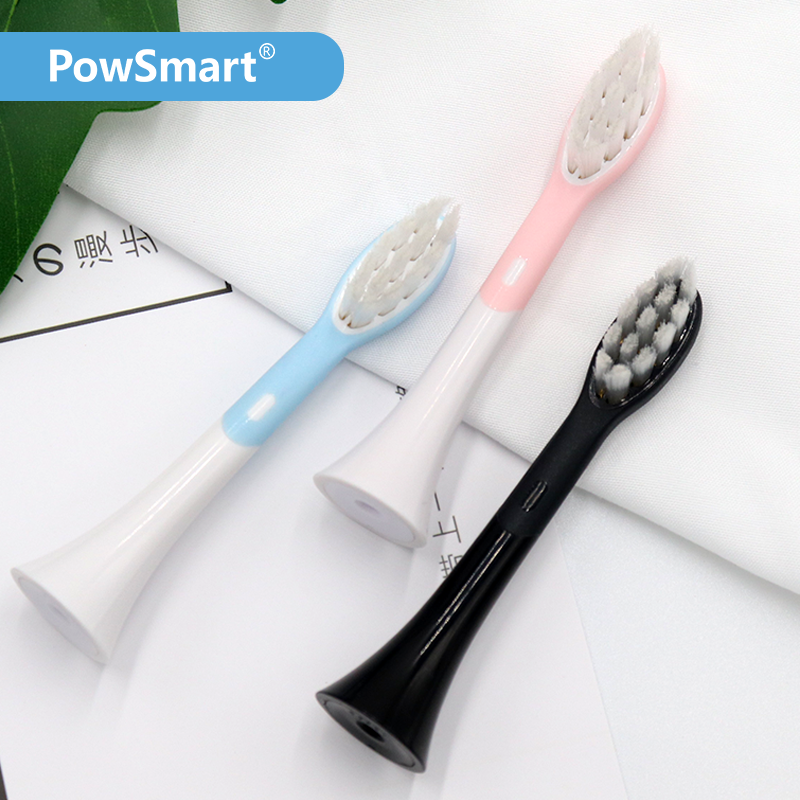
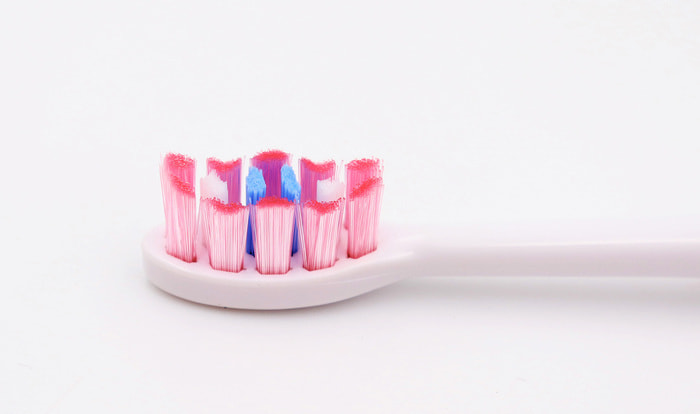

Seeking Electric Toothbrush Innovation Partners Who Are Electric Toothbrush Sustainable Supplier?
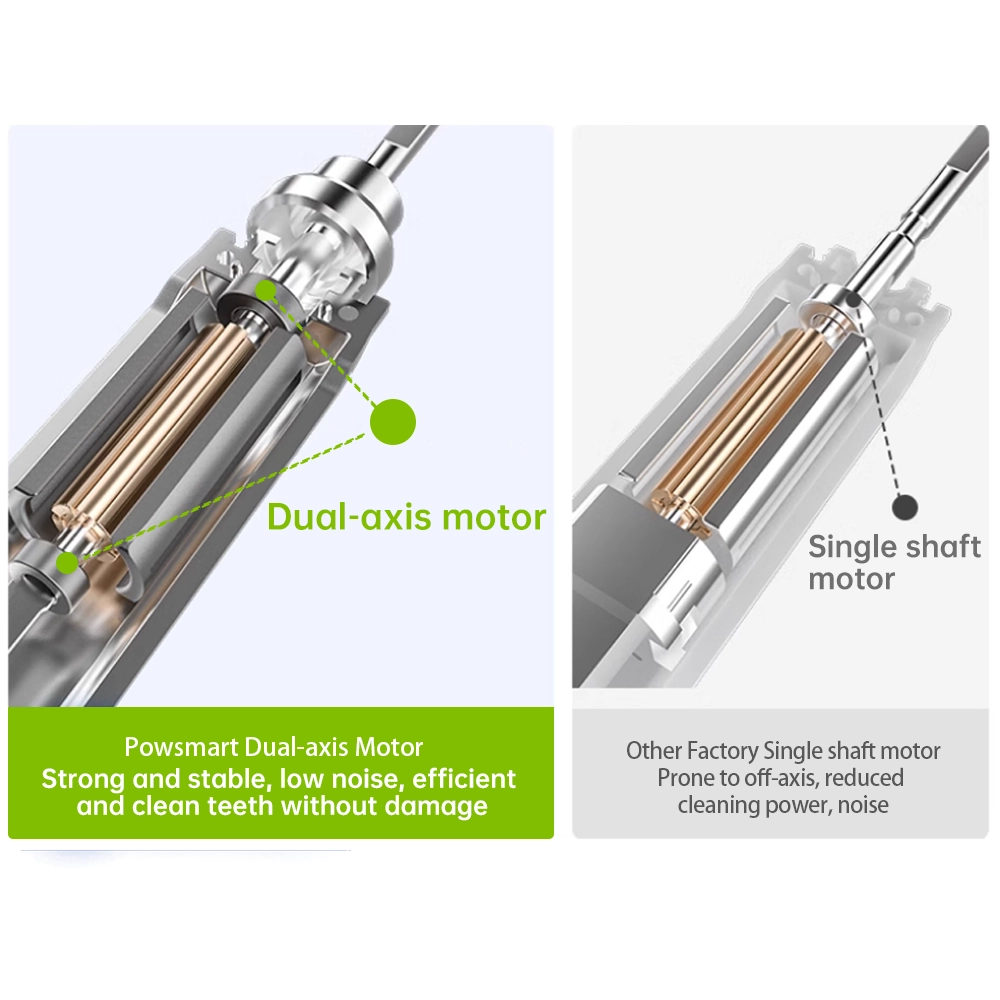
Magnetic Levitation Motor Toothbrush Technology Explained
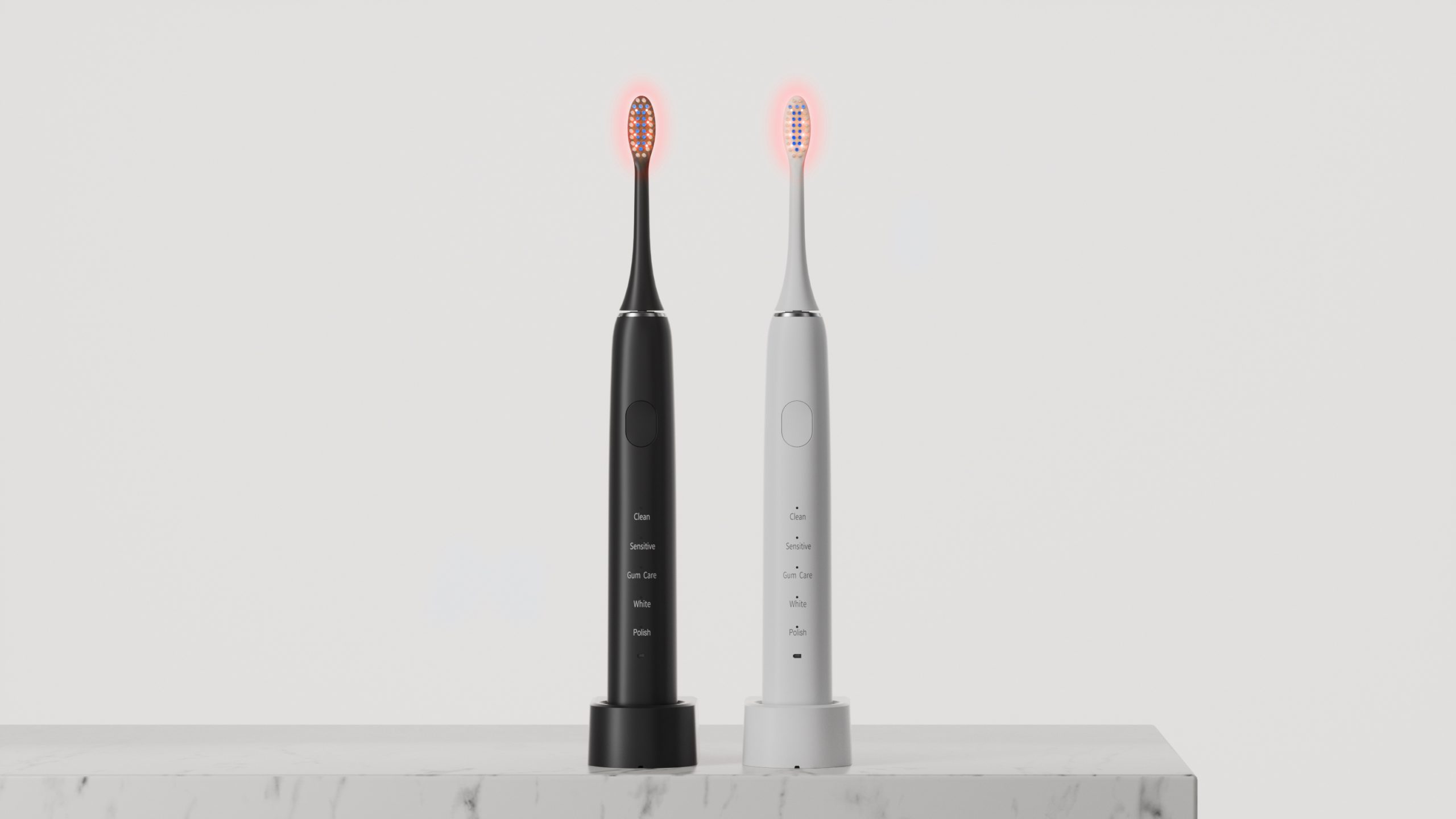
Custom Whitening Toothbrush OEM: Advanced Stain Removal Technology
.jpg)
The Hidden Risks of Over-Engineered Water Flossers: Consequences of Excessive Pulse Frequency
Allergy Outbreaks after Brush Discoloration – Coincidence or Warning Sign?

Are NYC Dental Recommended Toothbrushes Worth It?

Boost Your OEM Sales: Top Complementary Electric Toothbrush Products for Every User Need
Can Brush Head Rotation Cause Enamel Erosion?
.jpg)
Texas Distributor of Electric Toothbrushes
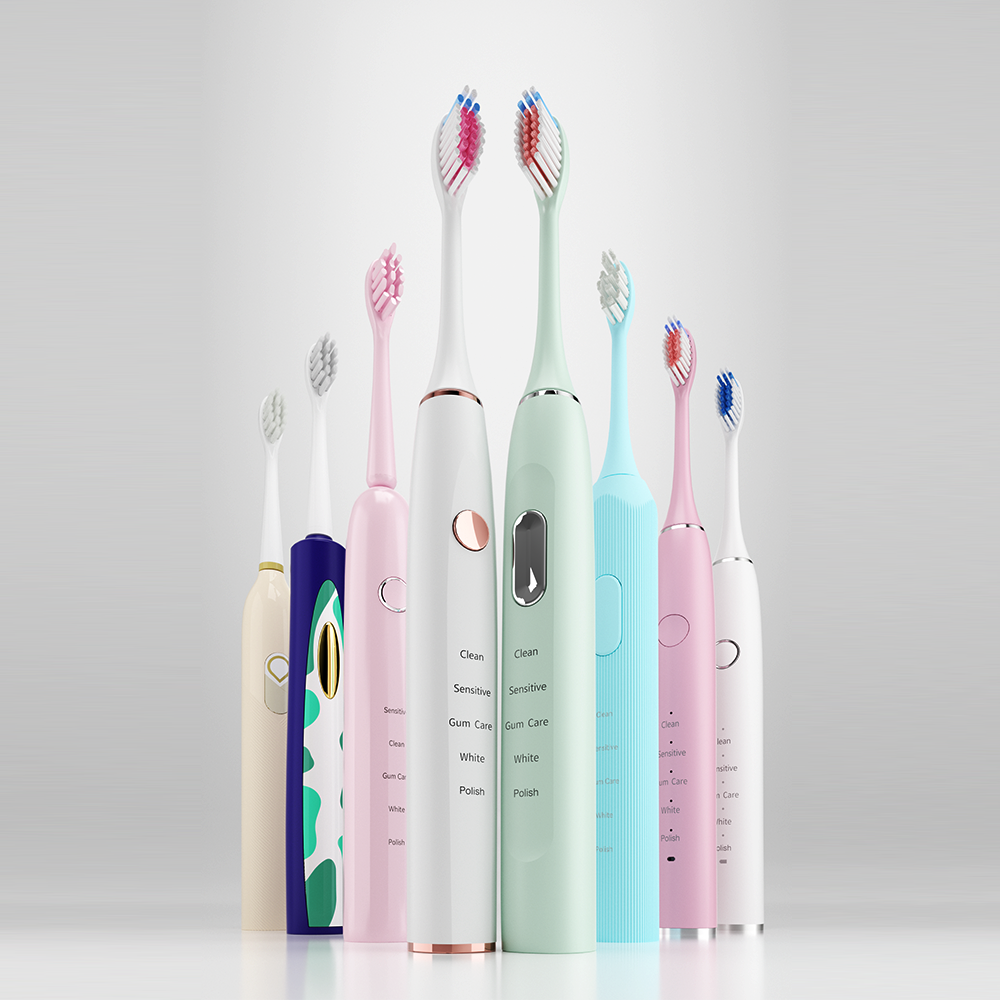
Application and Effectiveness of Electric Toothbrush in Oral Care

How Does a Polishing Brush Head Enable Enamel-Safe Whitening?
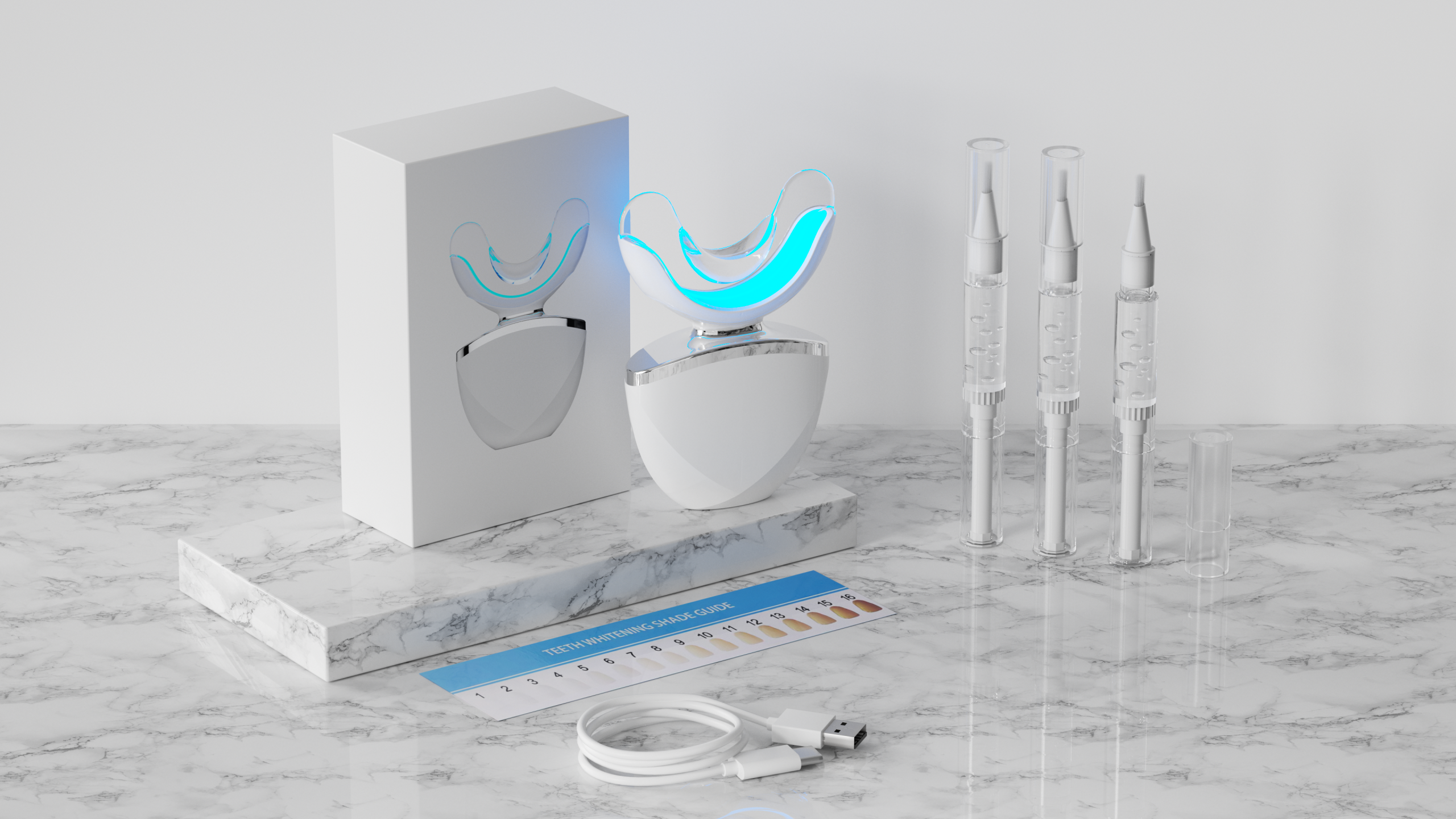
Need a Fathers Day Texas gift that supports gum health?

How Do Toothbrush Design Services Accelerate Toothbrush Prototype Development?
Best Toothbrush for Doctors | Clinical Oral Care
Can Unstable Vibration Worsen Tooth Sensitivity?

Orthodontic Electric Toothbrush Precautions – OEM Safety Features

Electric toothbrush heads Charcoal Infused-Diamond

electric toothbrush heads Ultra Soft
.jpg)
Florida Electric Toothbrush – Powsmart PTR-C8

Private Label Whitening Gel

electric toothbrush heads Charcoal Infuse-Round

Customization Teeth Whitening Gel

electric toothbrush heads Regular Clean

electric toothbrush heads Deep Clean
whstapp
whstapp
National Toll-Free Service Hotline
+86 755 86238638